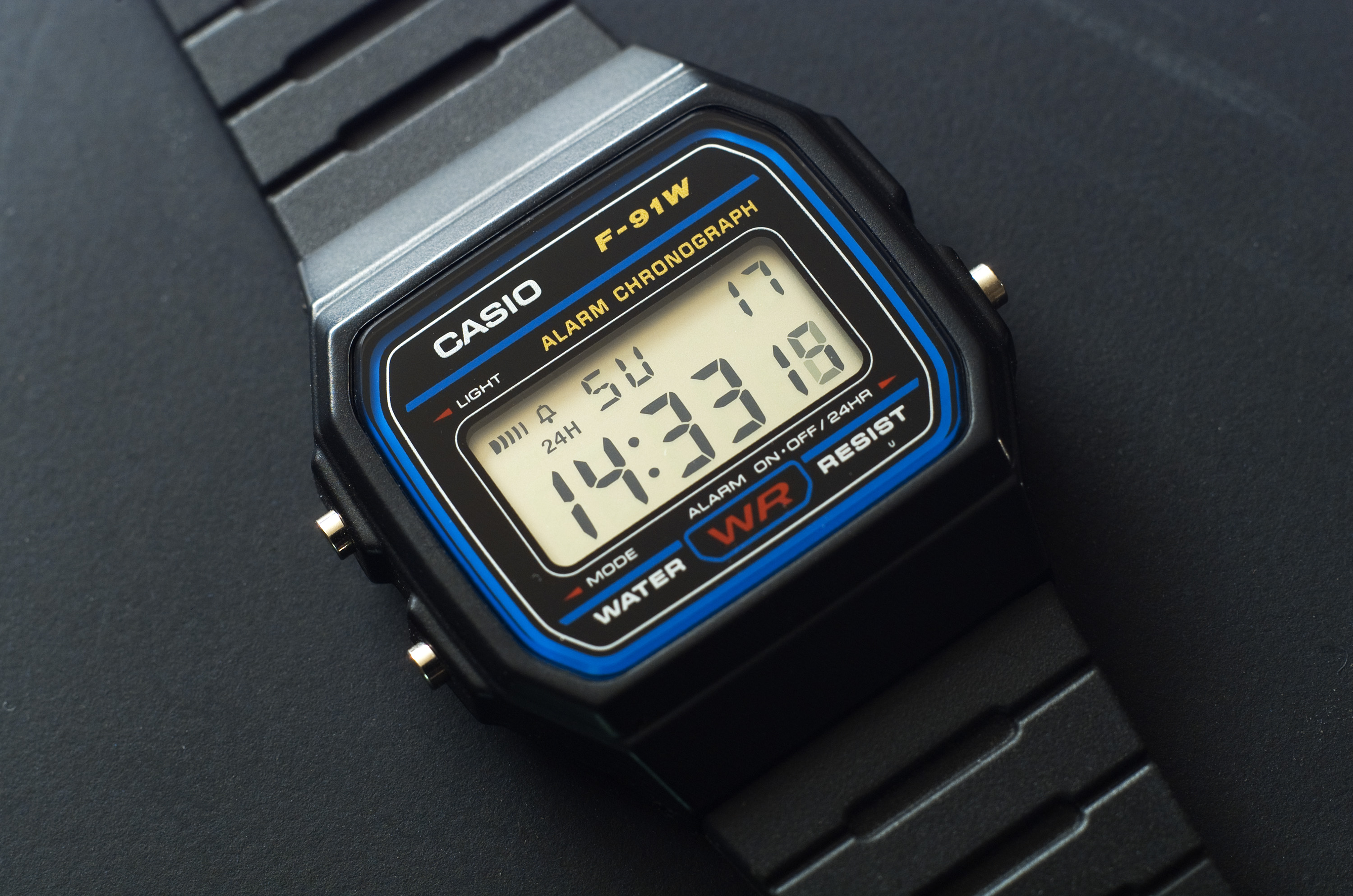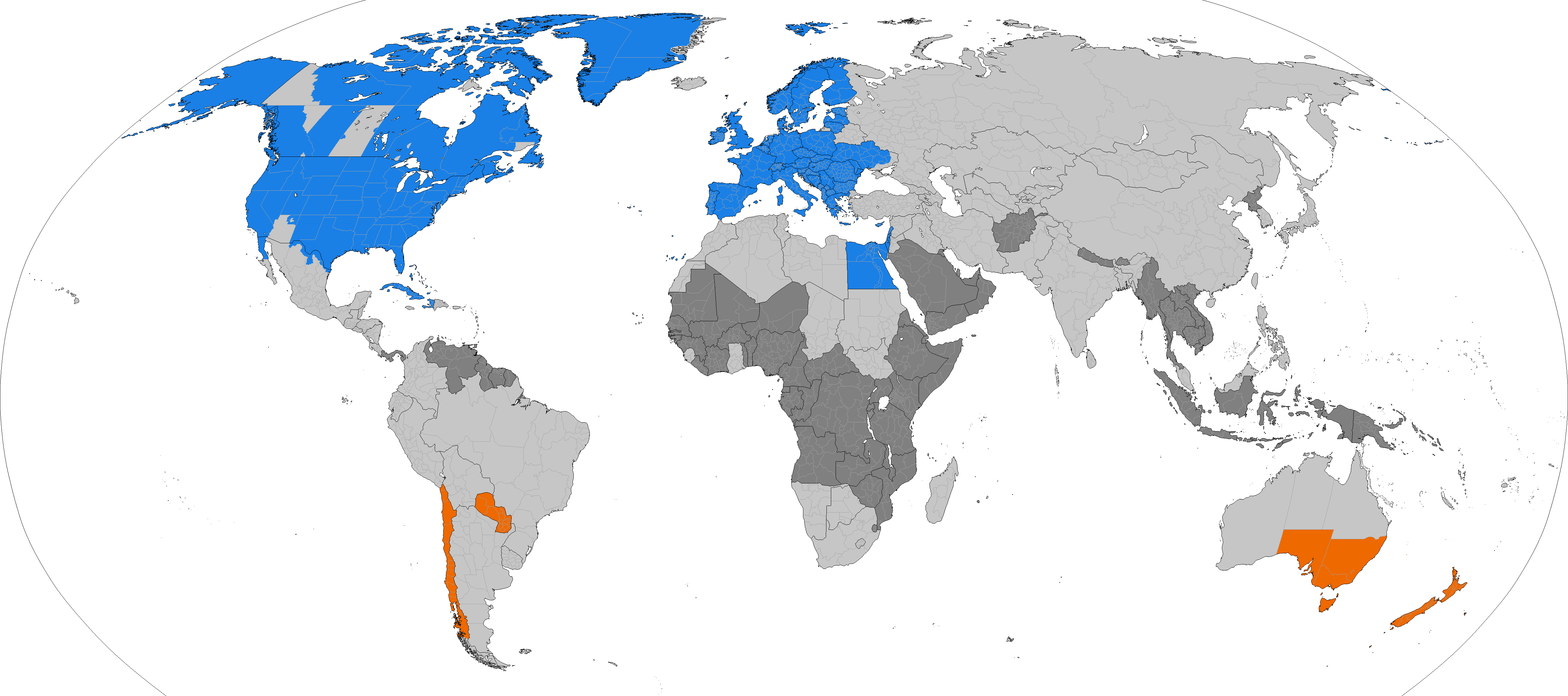|
Montreal Clock Tower
The Montreal Clock Tower (), also known as the Sailor's Memorial Clock, is located in the borough of Ville-Marie, Montreal, Ville-Marie and is situated in the Old Port of Montreal. The construction of the tower began in 1919, and was finished in 1922. The Clock Tower is tall with 192 steps from the bottom to the top of the tower.Leonard Panaggio, “Montreal Clock Tower,” ''Sea Classics'' 44 no. 8 (2011): 5 It has three observation stops along the staircase and the outside walls of the Clock Tower are white in colour. The structure consists of the principal tower as well as a smaller tower that is and architecturally similar to the main tower. The two towers are connected by a white curtain wall. The tower consists of four translucent clock faces. These are each in diameter and were designed by the English engineering firm Gillett & Johnston. The building of the Montreal clock tower was directed by the Montreal Harbor Commission. The commission was formed in the year 1830 ... [...More Info...] [...Related Items...] OR: [Wikipedia] [Google] [Baidu] |
Jacques Cartier Bridge
The Jacques Cartier Bridge () is a steel truss cantilever bridge crossing the Saint Lawrence River from Montreal Island, Montreal, Quebec, to the South Shore (Montreal), south shore at Longueuil, Quebec, Canada. The bridge crosses Saint Helen's Island in the centre of the river, where offramps allow access to the Parc Jean-Drapeau and Six Flags La Ronde, La Ronde amusement park. Originally named the Montreal Harbour Bridge (''pont du Havre''), it was renamed in 1934 to commemorate the 400th anniversary of Jacques Cartier's first voyage up the St. Lawrence River. The five-lane highway bridge is in length, including the approach viaducts. There are approximately 35.8 million vehicle crossings annually, making it the third busiest bridge in Canada, the first being Samuel-de-Champlain Bridge, just a few kilometres (miles) upstream. The second busiest bridge in Canada overall is the Port Mann Bridge in Metro Vancouver (connecting Surrey, BC, Surrey to Coquitlam, BC, Coquitlam). To ... [...More Info...] [...Related Items...] OR: [Wikipedia] [Google] [Baidu] |
Clock Tower Beach
Clock Tower Beach (French: ''Plage de l'Horloge'') is an urban beach on the Saint Lawrence River in Montreal, adjacent to the Montreal Clock Tower in the Old Port of Montreal. Description and history The beach opened in 2012. It consists of sand, Muskoka chairs, a boardwalk, a bar, showers and misting stations. Visitors are charged a fee for admission. Work began on the site in the fall of 2011, including the installation of parasol An umbrella or parasol is a folding canopy (building), canopy supported by wooden or metal ribs that is mounted on a wooden, metal, or plastic pole. It is usually designed to protect a person against rain. The term ''umbrella'' is traditionall ...s. The beach was designed by Claude Cormier, who has also designed urban beaches in Toronto. References External links * 2012 establishments in Quebec Beaches of Quebec Old Montreal Outdoor structures in Canada Parks in Montreal Urban beaches {{Montreal-geo-stub ... [...More Info...] [...Related Items...] OR: [Wikipedia] [Google] [Baidu] |
Towers In Quebec
A tower is a tall structure, taller than it is wide, often by a significant factor. Towers are distinguished from masts by their lack of guy-wires and are therefore, along with tall buildings, self-supporting structures. Towers are specifically distinguished from buildings in that they are built not to be habitable but to serve other functions using the height of the tower. For example, the height of a clock tower improves the visibility of the clock, and the height of a tower in a fortified building such as a castle increases the visibility of the surroundings for defensive purposes. Towers may also be built for observation, leisure, or telecommunication purposes. A tower can stand alone or be supported by adjacent buildings, or it may be a feature on top of a larger structure or building. Etymology Old English ''torr'' is from Latin ''turris'' via Old French ''tor''. The Latin term together with Greek τύρσις was loaned from a pre-Indo-European Mediterranean language, ... [...More Info...] [...Related Items...] OR: [Wikipedia] [Google] [Baidu] |
Buildings And Structures In Old Montreal
A building or edifice is an enclosed structure with a roof, walls and windows, usually standing permanently in one place, such as a house or factory. Buildings come in a variety of sizes, shapes, and functions, and have been adapted throughout history for numerous factors, from building materials available, to weather conditions, land prices, ground conditions, specific uses, prestige, and aesthetic reasons. To better understand the concept, see ''Nonbuilding structure'' for contrast. Buildings serve several societal needs – occupancy, primarily as shelter from weather, security, living space, privacy, to store belongings, and to comfortably live and work. A building as a shelter represents a physical separation of the human habitat (a place of comfort and safety) from the ''outside'' (a place that may be harsh and harmful at times). buildings have been objects or canvasses of much artistic expression. In recent years, interest in sustainable planning and building pract ... [...More Info...] [...Related Items...] OR: [Wikipedia] [Google] [Baidu] |
Monuments And Memorials In Montreal
This is a partial list of public art in Montreal, Quebec, Canada. Artworks References External links Art Public Montréal - more sculpture in Montreal {{DEFAULTSORT:Montreal, Monuments and memorials in History of Montreal |
Landmarks In Montreal
A landmark is a recognizable natural or artificial feature used for navigation, a feature that stands out from its near environment and is often visible from long distances. In modern-day use, the term can also be applied to smaller structures or features that have become local or national symbols. Etymology In Old English, the word ''landmearc'' (from ''land'' + ''mearc'' (mark)) was used to describe a boundary marker, an "object set up to mark the boundaries of a kingdom, estate, etc." Starting around 1560, this interpretation of "landmark" was replaced by a more general one. A landmark became a "conspicuous object in a landscape". A ''landmark'' literally meant a geographic feature used by explorers and others to find their way back to their departure point, or through an area. For example, Table Mountain near Cape Town, South Africa, was used as a landmark to help sailors navigate around the southern tip of Africa during the Age of Exploration. Artificial structures are ... [...More Info...] [...Related Items...] OR: [Wikipedia] [Google] [Baidu] |
Clock Towers In Canada
A clock or chronometer is a device that measures and displays time. The clock is one of the oldest human inventions, meeting the need to measure intervals of time shorter than the natural units such as the day, the lunar month, and the year. Devices operating on several physical processes have been used over the millennia. Some predecessors to the modern clock may be considered "clocks" that are based on movement in nature: A sundial shows the time by displaying the position of a shadow on a flat surface. There is a range of duration timers, a well-known example being the hourglass. Water clocks, along with sundials, are possibly the oldest time-measuring instruments. A major advance occurred with the invention of the verge escapement, which made possible the first mechanical clocks around 1300 in Europe, which kept time with oscillating timekeepers like balance wheels., pp. 103–104., p. 31. Traditionally, in horology (the study of timekeeping), the term ''clock'' was us ... [...More Info...] [...Related Items...] OR: [Wikipedia] [Google] [Baidu] |
Canadian Military Memorials And Cemeteries
Canadians () are people identified with the country of Canada. This connection may be residential, legal, historical or cultural. For most Canadians, many (or all) of these connections exist and are collectively the source of their being ''Canadian''. Canada is a multilingual and multicultural society home to people of groups of many different ethnic, religious, and national origins, with the majority of the population made up of Old World immigrants and their descendants. Following the initial period of French and then the much larger British colonization, different waves (or peaks) of immigration and settlement of non-indigenous peoples took place over the course of nearly two centuries and continue today. Elements of Indigenous, French, British, and more recent immigrant customs, languages, and religions have combined to form the culture of Canada, and thus a Canadian identity and Canadian values. Canada has also been strongly influenced by its linguistic, geographic, ... [...More Info...] [...Related Items...] OR: [Wikipedia] [Google] [Baidu] |
1922 In Canada
Events from the year 1922 in Canada. Incumbents Crown * Monarch – George V Federal government * Governor General – Julian Byng * Prime Minister – William Lyon Mackenzie King * Chief Justice – Louis Henry Davies (Prince Edward Island) * Parliament – 14th (from 8 March) Provincial governments Lieutenant governors *Lieutenant Governor of Alberta – Robert Brett *Lieutenant Governor of British Columbia – Walter Cameron Nichol *Lieutenant Governor of Manitoba – James Albert Manning Aikins *Lieutenant Governor of New Brunswick – William Pugsley *Lieutenant Governor of Nova Scotia – MacCallum Grant *Lieutenant Governor of Ontario – Henry Cockshutt *Lieutenant Governor of Prince Edward Island – Murdock MacKinnon *Lieutenant Governor of Quebec – Charles Fitzpatrick *Lieutenant Governor of Saskatchewan – Henry William Newlands Premiers *Premier of Alberta – Herbert Greenfield *Premier of British Columbia – John Oliv ... [...More Info...] [...Related Items...] OR: [Wikipedia] [Google] [Baidu] |
Daylight Saving Time
Daylight saving time (DST), also referred to as daylight savings time, daylight time (Daylight saving time in the United States, United States and Daylight saving time in Canada, Canada), or summer time (British Summer Time, United Kingdom, Summer time in Europe, European Union, and others), is the practice of advancing clocks to make better use of the longer daylight available during summer so that darkness falls at a later clock time. The standard implementation of DST is to set clocks forward by one hour in spring (season), spring or late winter, and to set clocks back by one hour to standard time in the autumn (or ''fall'' in North American English, hence the mnemonic: "spring forward and fall back"). Overview As of 2023, around 34 percent of the world's countries use DST. Some countries observe it only in some regions. In Canada, all of Yukon Time Zone, Yukon, most of Time in Saskatchewan, Saskatchewan, and parts of Nunavut, Ontario, British Columbia and Quebec do not ... [...More Info...] [...Related Items...] OR: [Wikipedia] [Google] [Baidu] |
Montreal Clock Tower Sailor's Tribute
Montreal is the List of towns in Quebec, largest city in the Provinces and territories of Canada, province of Quebec, the List of the largest municipalities in Canada by population, second-largest in Canada, and the List of North American cities by population, ninth-largest in North America. It was founded in 1642 as ''Fort Ville-Marie, Ville-Marie'', or "City of Mary", and is now named after Mount Royal, the triple-peaked mountain around which the early settlement was built. The city is centred on the Island of Montreal and a few, much smaller, peripheral islands, the largest of which is Île Bizard. The city is east of the national capital, Ottawa, and southwest of the provincial capital, Quebec City. the city had a population of 1,762,949, and a Census geographic units of Canada#Census metropolitan areas, metropolitan population of 4,291,732, making it the List of census metropolitan areas and agglomerations in Canada, second-largest metropolitan area in Canada. French l ... [...More Info...] [...Related Items...] OR: [Wikipedia] [Google] [Baidu] |





